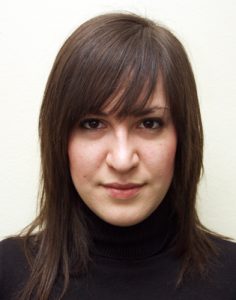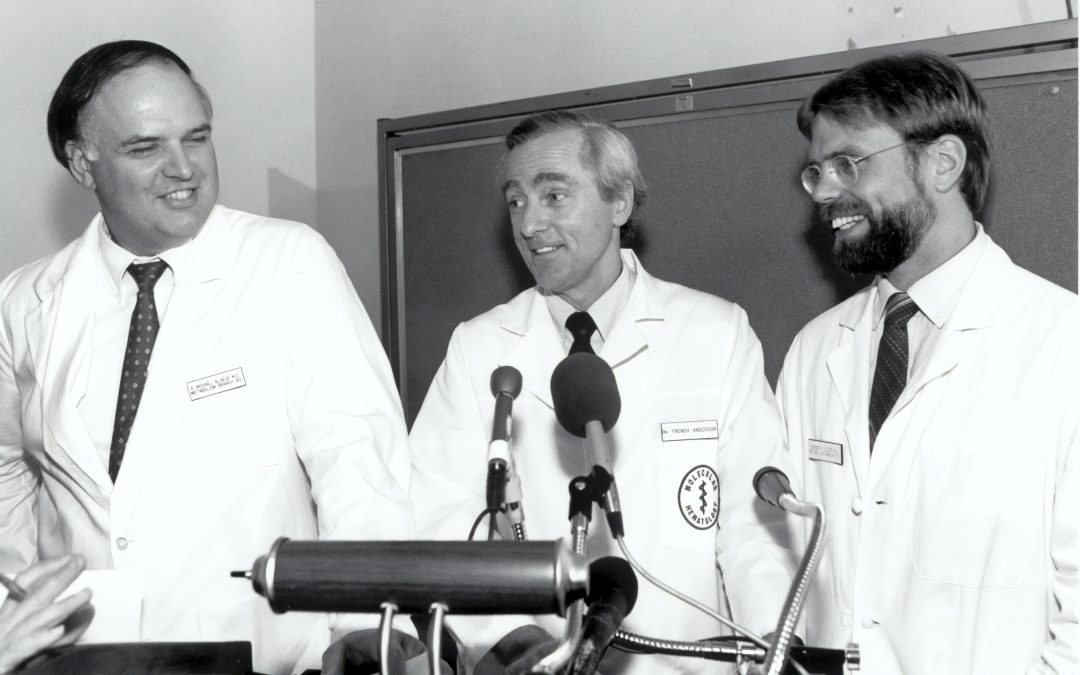In this piece, Mafalda Sandrini and Kata Katz shed light on the current state of science communication in times of the COVID-19 pandemic, phrase questions on its future and derive fields of action

Mafalda Sandrini
Some days ago, a friend of mine told me that while she was grocery shopping, a 60 to 70 years old man shouted at her because she was wearing a mask. She was shocked: how could the man not understand she wanted to protect him? “I could be a weapon to him”, she told me. My friend, as far as she knows, did not have the COVID-19 disease, but she claimed she could not know for sure. One week later, I noticed that at supermarkets the majority of customers were wearing masks. In one week we moved from “it’s just a flu” to massive lockdowns. Citizens worldwide suffered an abrupt change in their daily life due to governments’ protective measures to resist the pandemic caused by COVID-19’s outbreak. COVID-19 poses complex and unprecedented challenges, and it compels coordination and communication among manifold actors, for instance politicians, local authorities, the media, public health experts, and of course scientists. We contend that the insurgence of COVID-19 can potentially reinvigorate the role of science within society and public discourse, given that science is used to cope with the unknown, and it can provide instruments to understand the world.
Status Report

Kata Katz
In time of crisis, the public is required to know what to do, what not to do, which is the correct behaviour to adopt: are masks useful to prevent the spread of the virus? Can animals transmit the virus? What should I do if I had contact with a person possibly infected by the virus? The fear of uncertainty, given by the impossibility to predict what will happen, can lead to irrational decisions. Thus, political and public health’s response needs to be timely and transparent, in order to protect people’s health, but also to contain anxiety and limit the spread of panic. Scientists are working tirelessly to find a vaccine and to build models to forecast possible scenarios, enabling governments to guide citizens. However, when data are changing on a daily basis, and scientists present divergent, or even contradictory, conclusions, it is challenging for governments to make decisions. This sheds light on the importance to encourage an open communication between scientists and politicians, between scientists themselves (open science), and between scientists and society (science communication).
As argued in an article published by the World Academic Forum, science communication is crucial within the context of COVID-19 pandemic; in times of uncertainties, scientists have an ethical obligation to inform the public in order to avoid misinformation, and consequent dangerous behaviours. When the scientific community engages with citizens to make more understandable science-related facts, anxiety can be reduced, and the public can make more informed decisions. Scientific sources are, supposedly, trustworthy and fact-based, and are necessary to inform people, but also to contest misinformation. As claimed by Tedros Adhanom Ghebreyesus, the General Director of the World Health Organization – WHO, we are witnessing not only a pandemic, but also an infodemic, since rumors, fake news, and conspiracy theories burst during last weeks. In another article the World Academic Forum provides guidelines on how to find reliable sources and elude fake news, whereas here the WHO and the Pan American Health Organization offers instruction to leaders on how to effectively communicate about the COVID-19 disease. However, people are usually struggling to find reliable information and we can cautiously assume that not the majority of them look for scientific sources, such as journals or technical reports. Governments are coping with a day-to-day evolving situation, and fighting fake news is time-consuming, since public institutions have to detect them, and also back up their sources’ credibility. If it is pivotal that citizens are counselled on how to distinguish between fake news and reliable information, we argue that scientists should also strive to develop more constructive approaches to connect with the public: how can science communication become more visible during the time of Corona? Today the scientific community is confronted with challenges, but also opportunities to elaborate more creative and convincing science communication strategies.
Visions for the Future
There is a clear need from the public for science communication and this need didn’t just manifested in the last couple of weeks. If you take examples like the iflscience and see how it skyrocketed from a Facebook page to a big platform. Or you think of asap SCIENCE where science communicators answer their audience’s questions, with short, funny, explanatory videos, or everybody’s favorite TED Talks, we can see how fast they adapted to the need of their community. There are definite conclusions about what we can draw from these platforms to develop a better science communication worldwide. These platforms also had quick reactions to the pandemic and tried to cover its aspect, guide the audience through relevant topics and explain them. When looking at these sites, what can we learn from them? Do they effectively communicate about the pandemic? If we analyze the most popular science communication platforms articles and videos, what are the takeaways for the future? As the World Academic Forum writes we “need more scientists who want to translate their expertise into effective communication on global concerns and anxieties to cut through the noise of fear and assumptions based on the unknown.” We can’t cover a complex issue with a single-minded answer. It is not enough to explain the public measurements and how this affects our health. People need to understand the context, the plausible consequences, how to spot misinformation and should be reminded not to be biased against others and be socially responsible for others. We can see that science communicators react in their videos, podcasts and articles in a broader spectrum to the COVID-19 pandemic, addressing economic and ecological effects, social consequence, racism and how this epidemic is linked to our current systems and environmental crisis. Obviously, these notions are not enough. As the need arose to understand this complex situation, the public must grasp the socio-economic spectrum and what it means to societies around the world. Explanatory commentaries on these related topics came from amongst others Slavoj Zizek, Yuval Harari and Noam Chomsky and even found their ways into popular journals and magazines. This crisis shows us that we need science communication, but we have to widen our definition of it and consequently add the humanities (Geisteswissenschaften) to our praxis. So far, we can assume that there is a general interest and a need for these scientific contents and materials; so why are these still on the “sidelines”? What do we need from governments, the public and the scientific community to make these things accessible? As pointed out in these articles and videos, from governments we need more support. Generally, governments need to invest more in education, research and science communication. They should cooperate more with scientists from any academic discipline and should have an ear for their advice. To effectively communicate with the public in the long term we have to rethink basic education and its accessibility to raise a public capable of abstract thinking, learning and relearning. What do we need from the public? As global and local citizens, the public should raise their voice for this important topic and they shouldn’t shy away from it. Demand from their local governments, but also from institutions operative in the global context, that they invest and grant access to a quality education to everybody. That they fund research and science communication programs. What do we need from the scientific community? Openness. Open Access, open data, open source code, the openness to a real change, so that we can build a global scientific community that shares knowledge and does not possess it.

